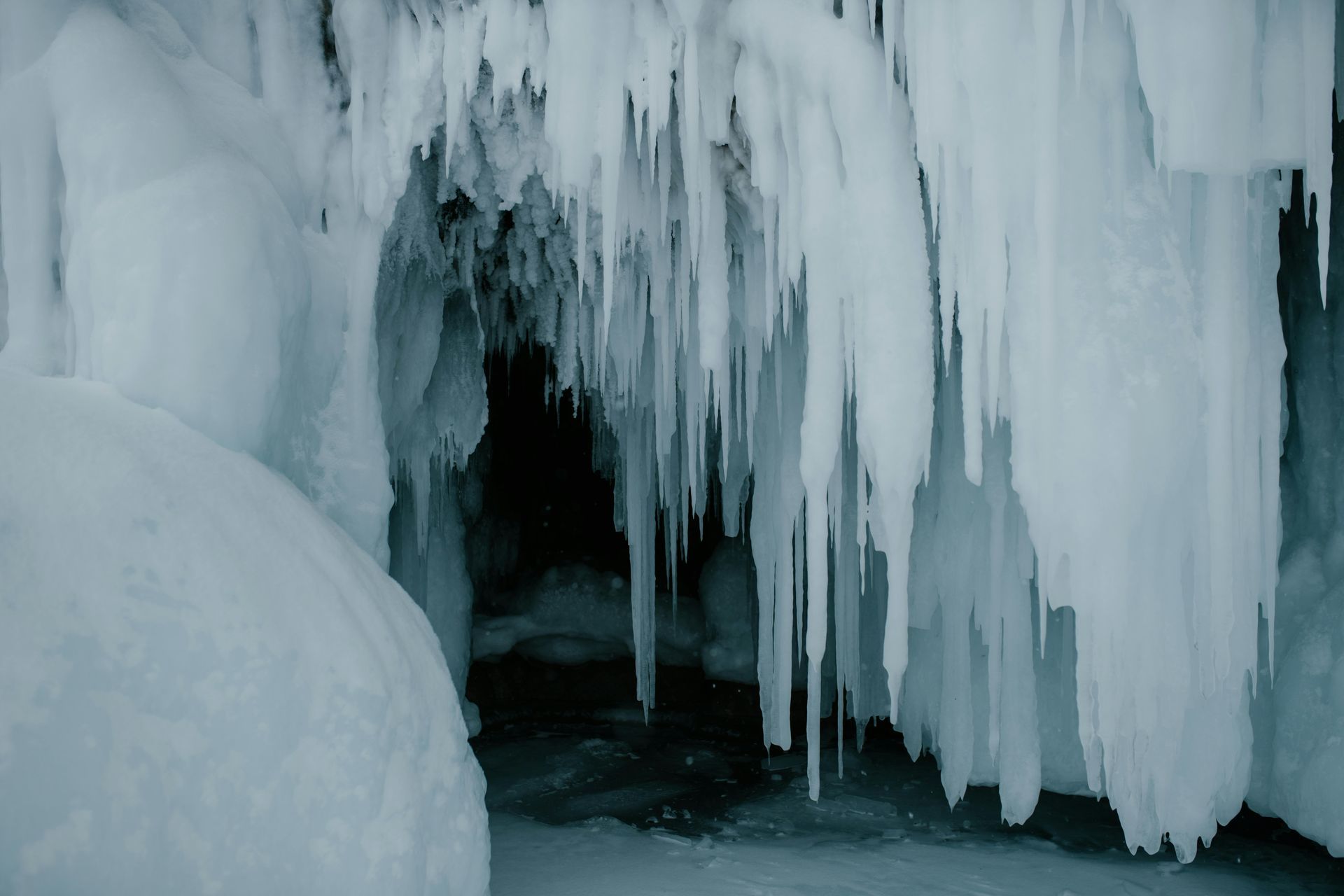Svalbard's Ice Caves: Inside the Frozen Cathedrals of the North
Svalbard's Ice Caves: Inside the Frozen Cathedrals of the North

Beneath the glacial surface of Svalbard lies a hidden world few travelers expect—vast ice caves carved over centuries by meltwater and compressed time. These subterranean chambers, known for their sculptural formations and glowing blue walls, offer one of the Arctic’s most otherworldly experiences. Often referred to as “frozen cathedrals,” they feel sacred, silent, and untouched by the rush of the modern world.
Ice caving in Svalbard is only accessible during the colder months, typically from January to April, when the glacial structures are most stable. During this period, local guides lead small groups deep inside the Longyearbreen glacier or nearby formations, using headlamps and crampons to explore narrow tunnels, vaulted ceilings, and crystal-like ice walls. The silence underground is total—broken only by the sound of your own breath and the occasional drip of melting ice.
The colors are astonishing. Depending on the density, age, and air bubbles within the ice, light reflects in hues ranging from electric blue to silver and even black. In some areas, layers of ice look like polished marble; in others, they resemble frozen waves. Photographers are especially drawn to this environment, where time seems suspended and every angle is visually surreal. Because natural light doesn’t reach into these depths, artificial lighting reveals textures and patterns unseen on the surface.
No two ice caves are alike, and they shift slightly with each passing year. Local guides scout the glaciers before the season begins to find formations that are both safe and spectacular. Tours are generally moderate in difficulty and suitable for most travelers in good health. Participants are provided with helmets, spikes, and safety instructions before descending into the cave systems, always under close supervision. As with all Arctic excursions, the presence of an experienced guide is non-negotiable.
Beyond the thrill and visual wonder, visiting an ice cave connects you to the living, breathing nature of the glaciers. These aren’t static blocks of ice—they’re dynamic, moving rivers of frozen water, slowly reshaping the landscape of Svalbard. The caves offer a glimpse into the inner life of the Arctic, normally hidden from view. Standing inside one feels like stepping into the memory of winter itself, as if you’re seeing how the Earth remembers cold.
It’s essential to approach ice caves with respect. They are delicate environments, and while safe when properly assessed, they are still subject to nature’s unpredictability. Visitors are urged never to enter a cave without a certified guide. Wearing proper thermal clothing and waterproof layers is crucial, as the caves maintain below-freezing temperatures even when surface conditions are milder.
Many travelers describe the experience as meditative—unlike any hike or mountain view. It’s intimate and introspective, a place where you can hear your thoughts echo off ancient ice. In an era defined by digital noise and visual saturation, few things feel as pure as walking through a cathedral made by winter itself. It’s a reminder of just how much beauty hides beneath the surface, waiting for the curious to step inside.
For those looking to add something unforgettable to their Svalbard itinerary, an ice cave expedition stands out. It’s quiet, cold, and dark—but it’s also stunning, humbling, and timeless. And once you’ve stepped into the blue heart of a glacier, the memory will stay with you long after you've returned to the light.











